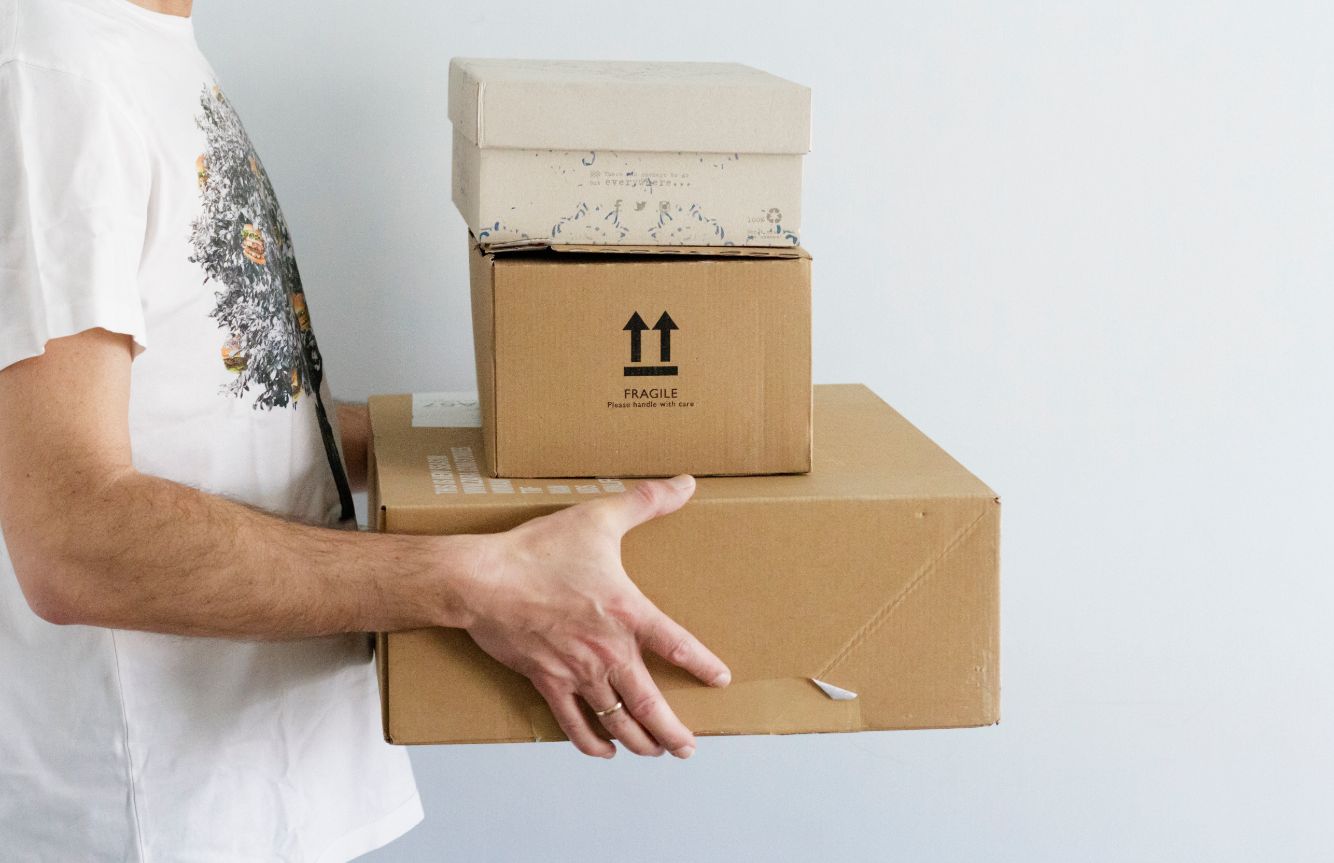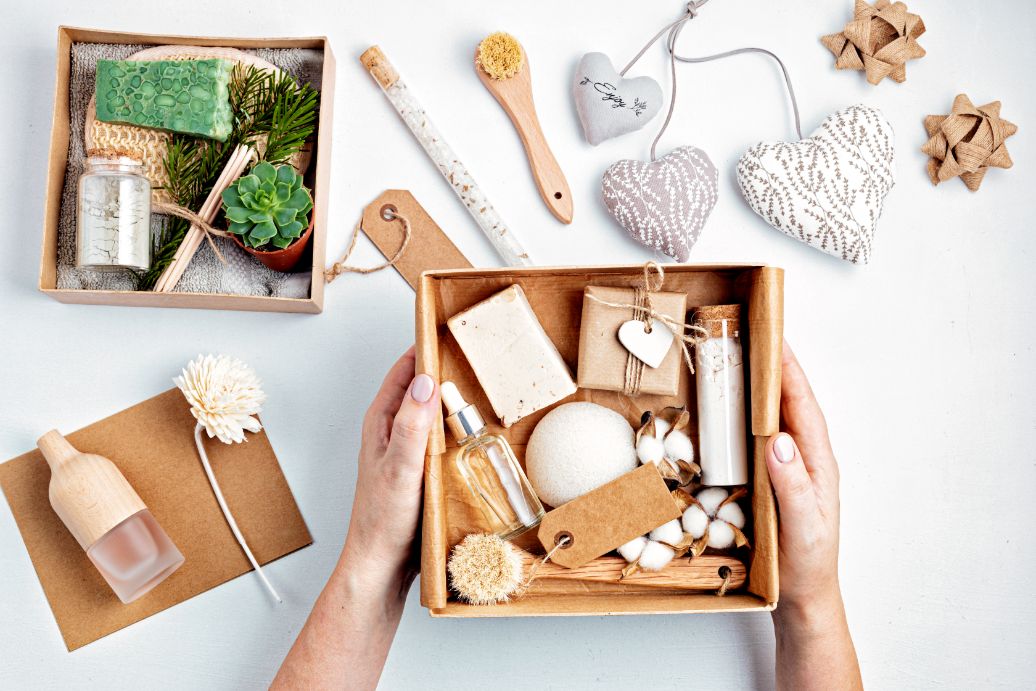Last Updated on June 24, 2023
Even if you have the best product in the world, it won’t succeed if the packaging isn’t good enough. And we’re not only talking about the esthetic appeal of a product. Poor packaging could end up costing your business in many different ways. It can lead to higher production costs, more losses, or higher costs for shipping.
Packaging is not something that should be designed on a hunch. It takes sufficient planning and you’ll need to look at different factors before you make decisions. Let’s take a look at some of the most common packaging mistakes businesses make.
Not Considering Shipping Costs and Logistics

Being able to send more units per shipment can make a big difference in your bottom line. And still, this remains somewhat of an afterthought for many businesses. When designing packaging, you should favor options that will allow you to pack as many items as possible per pallet. You also have to consider weight. But you still want packaging that will be robust enough to keep losses to a minimum.
This is one of the main reasons why flexible packaging is so popular today. It’s airtight, strong, and takes up minimal space. It’s also one of the lighter packaging options and is sustainable. So, you’ll be able to kill multiple birds with the same stone by opting for this option.
Unclear or Misleading Packaging
Do not start designing packaging before understanding the basics of package design. It’s okay if you can’t afford to hire a full team of designers yet. If you can grasp some of the fundamentals of sound packaging, you’ll be able to avoid mistakes like having unclear, crowded, or misleading packaging.
One of the worst things you can do is misrepresent your product. This is something we often see in the food industry and one of the most common reasons for complaints. Do not lie about the size, composition, or presentation of a product. If you’re selling a product that is heavily processed and mainly uses artificial ingredients, for instance, you shouldn’t add lifelike pictures of natural ingredients on the packaging.
Don’t overdesign your packaging either. The faster people can tell what’s in the box, the more likely they’ll pick it up. If you want to do something like tell your business’s back story, you can use the side or back of the packaging for that.
Frustrating or Excessive Packaging

There’s a major difference between secure packaging and packaging that’s impossible to open. You don’t want people to have a frustrating experience with your product. Even if your product is good, you will create a negative connection to it in the minds of your customers if they have a bad experience with the packaging. This could be enough to push them to go for an alternative next time they’re perusing the aisles.
You should also be careful with secondary packaging. While it’s often necessary for protection, it is seen as wasteful by many shoppers today and this also could be enough for them to find another alternative.
These are all common mistakes you should avoid at all costs when designing your packaging. If you avoid these few, you should be able to create something that will stand out and really showcase your product.

